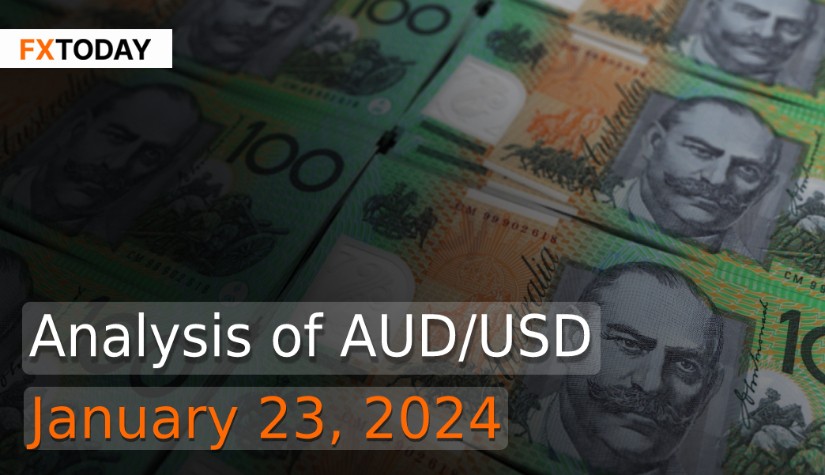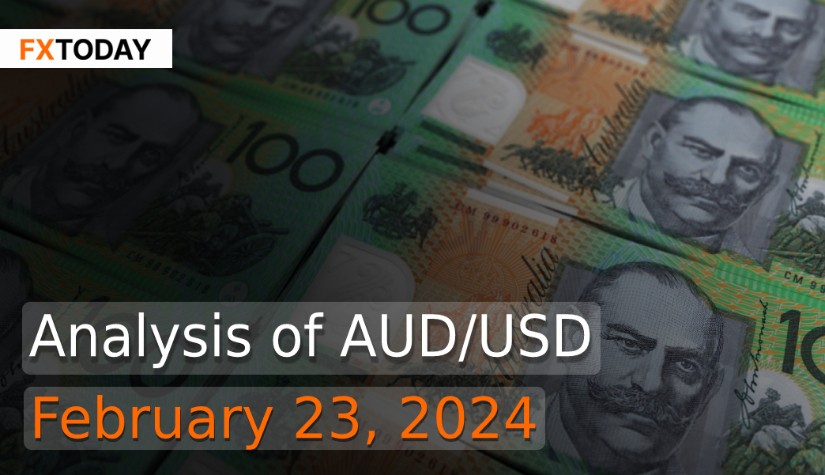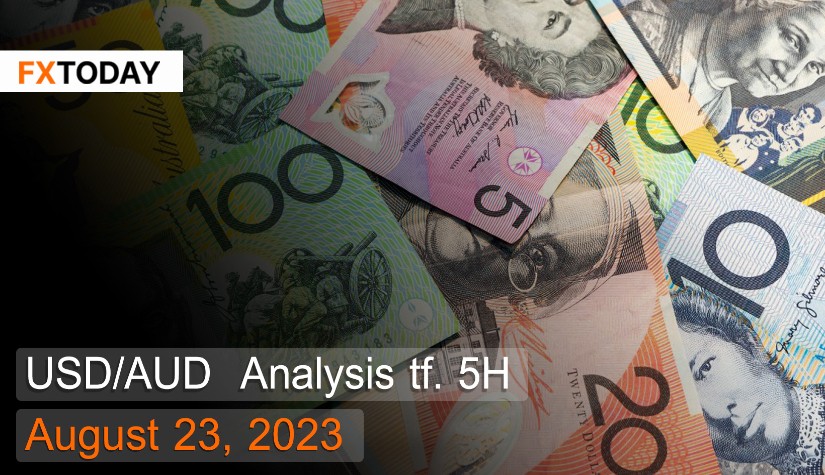Amid Australian Job Decline, Resilient Labor Market Prevails
In December, Australia experienced a sharp decline in employment, reversing two months of robust growth, while the jobless rate remained at a 1-1/2 year high. The unemployment rate held steady at 3.9%, the highest since May 2022, while the participation rate dropped from a record high of 67.3% to 66.8%. The unexpected employment surge in October and November was attributed to a change in hiring patterns late in the year, according to the ABS.
Despite the decline in December, Australia's labor market displayed resilience, with the job market staying strong, fueled in part by a surge in migration that boosted labor supply. However, the increased supply outpaced employment growth, causing the jobless rate to rise from 3.6% in September to 3.9% in December. Additionally, the growth in hours worked slowed, and the underemployment rate remained unchanged at 6.5%.
A robust labor market is a key factor influencing the Reserve Bank of Australia's (RBA) decision to raise interest rates, as high employment and steady wage growth contribute to inflation. Nevertheless, recent data indicating a decline in inflation in November has led to expectations that the RBA will maintain current interest rates in its February meeting. Despite the RBA's forecast of a cooling labor market, there are concerns about inflation remaining above the central bank's target.
Business conditions in Australia softened in December, particularly in manufacturing and construction, while price pressures eased, signaling potential relief from inflation. Retail price growth dropped to 0.6%, the lowest since late 2020, from 1.8% the previous month.
While business confidence in Australia has shown signs of improvement, there is a slight dip in capacity utilization, suggesting a potential reduction in resource utilization by companies. However, the timing of rate cuts remains uncertain, with markets expecting a modest total easing of 34 basis points in the current year.
Consumer sentiment in Australia deteriorated in early January due to concerns about inflation, interest rate hikes, and lower household savings. Despite weak sentiment, retail spending, a key driver of economic growth, remained resilient, particularly during the Black Friday shopping event in November.
The U.S. dollar showed little change against a basket of currencies. According to a survey by the National Association of Business Economics, the majority of economists expect the U.S. economy to avoid a recession in the coming year, attributing the optimism to falling inflation, a cooling labor market, and positive economic data. The Federal Reserve, considering a rate cut, aims to support the economy amid evolving business conditions.
Despite the positive outlook, economists identify potential risks such as higher interest rates, geopolitical instability, and increased costs. Conversely, lower interest rates, reduced costs, and improved labor availability are seen as upside factors for the economic outlook. The survey indicates a broadly healthy business environment, with corporate sales and profit margins expected to rise, while supply chain issues and labor shortages are easing. Hence, it could influence the strength of the US dollar, potentially causing it to maintain a stronger position compared to the Australian dollar. The Australian dollar might experience a modest increase or appreciation based on the decisions outlined in the central bank's monetary policy direction.
Data for Technical Analysis (5H) CFD AUD/USD
Resistance : 0.6604, 0.6611, 0.6624
Support : 0.6578, 0.6571, 0.6558
5H Outlook
Source: Investing.com
Buy/Long 1 If the support at the price range 0.6568 - 0.6578 is touched, but the support at 0.6578 cannot be broken, the TP may be set around 0.6612 and the SL around 0.6563, or up to the risk appetite.
Buy/Long 2 If the resistance can be broken at the price range of 0.6604 - 0.6614, TP may be set around 0.6630 and SL around 0.6573, or up to the risk appetite.
Sell/Short 1 If the resistance at the price range 0.6604 - 0.6614 is touched, but the resistance at 0.6604 cannot be broken, the TP may be set around 0.6578 and the SL around 0.6619, or up to the risk appetite.
Sell/Short 2 If the support can be broken at the price range of 0.6568 - 0.6578, TP may be set around 0.6550 and SL around 0.6609, or up to the risk appetite.
Pivot Points Jan 23, 2024 07:38AM GMT
|
Name
|
S3
|
S2
|
S1
|
Pivot Points
|
R1
|
R2
|
R3
|
|---|---|---|---|---|---|---|---|
| Classic | 0.6546 | 0.6558 | 0.6579 | 0.6591 | 0.6612 | 0.6624 | 0.6645 |
| Fibonacci | 0.6558 | 0.6571 | 0.6578 | 0.6591 | 0.6604 | 0.6611 | 0.6624 |
| Camarilla | 0.6591 | 0.6594 | 0.6597 | 0.6591 | 0.6604 | 0.6607 | 0.661 |
| Woodie's | 0.655 | 0.656 | 0.6583 | 0.6593 | 0.6616 | 0.6626 | 0.6649 |
| DeMark's | - | - | 0.6585 | 0.6594 | 0.6618 | - | - |
Sources: Investing 1, Investing 2
















